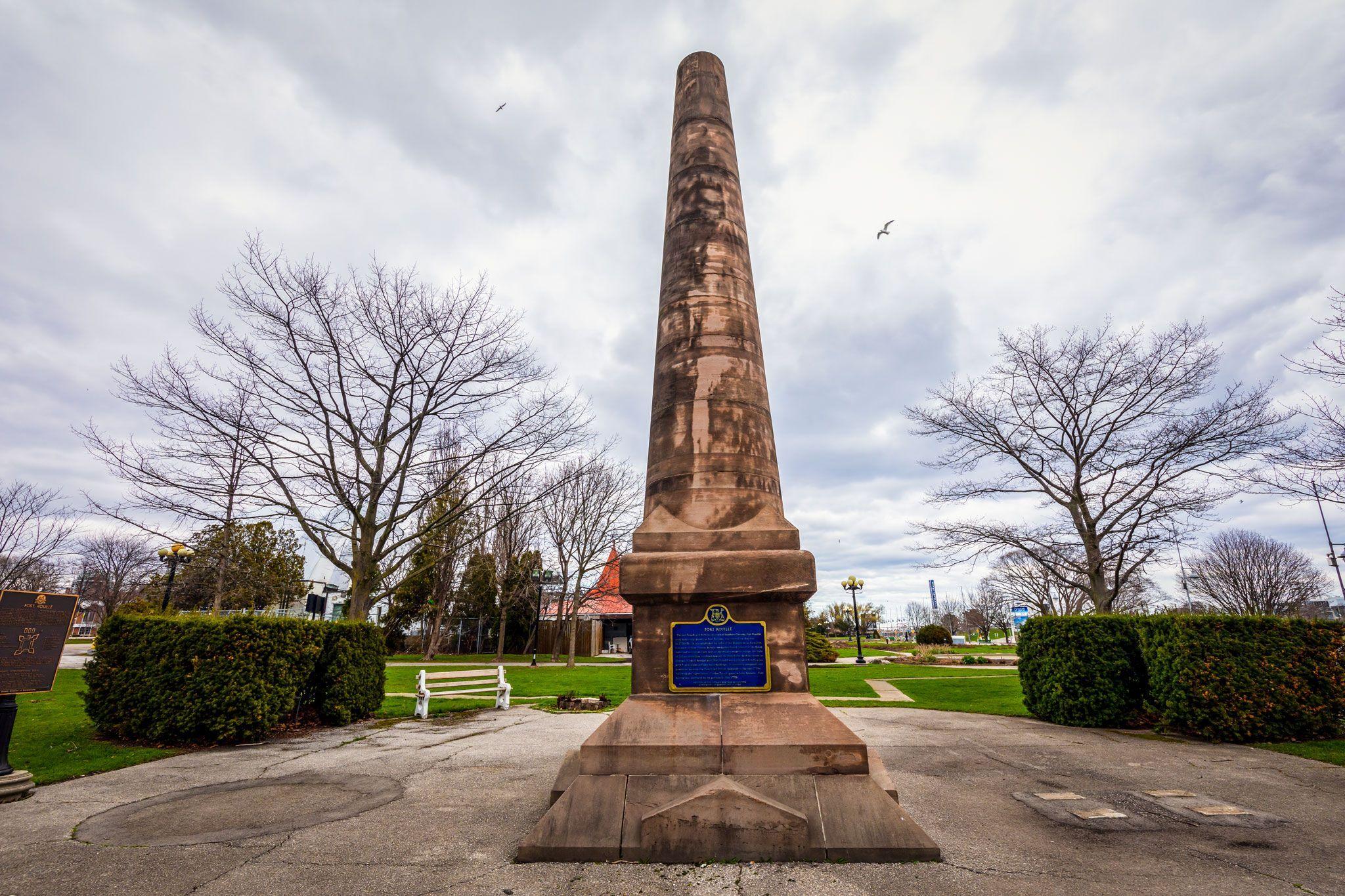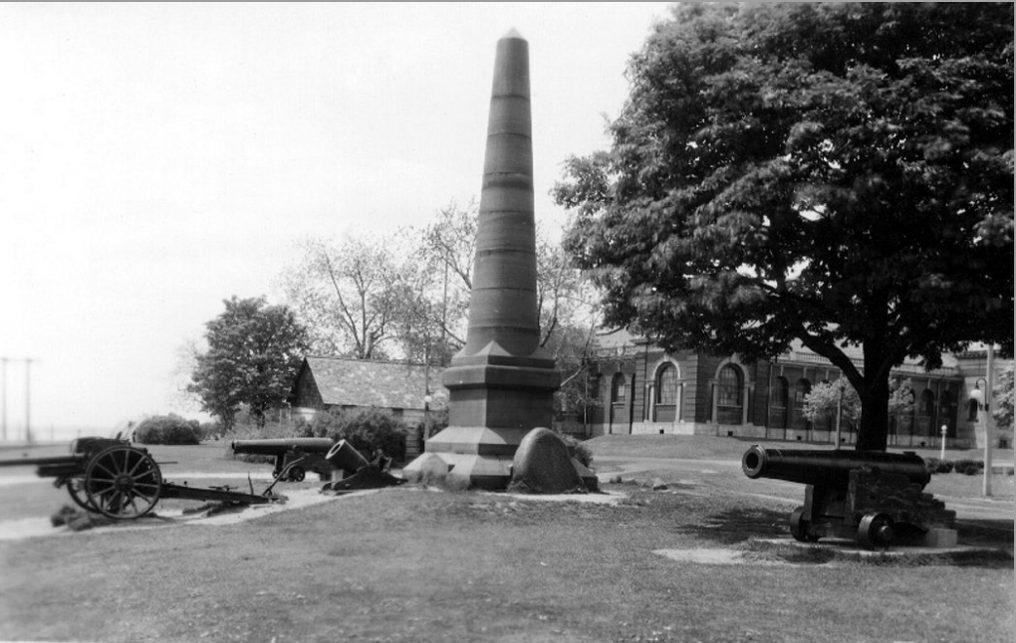Fort Rouillé
The last French post built in present-day southern Ontario, Fort Rouillé, more commonly known as Fort Toronto.

Fort Rouillé was a French trading post located in what is now Toronto, Ontario, Canada. Fort Rouillé was constructed by the French in 1751, building upon the success of a trading post they established in the area a year earlier, known as Fort Toronto
Materials: Wood
Fate: Destroyed in 1759
Built: 1750–51
In use: 1751–59
Built by:
Pierre Robineau de Portneuf and was located west of Grenadier Pond next to Jean-Baptiste Rousseau's home at the start of the Toronto Carrying-Place Trail. This encampment was typical of other New France installations in that it commanded an old riverine trade route.
The last French post built in present-day southern Ontario, Fort Rouillé, more commonly known as Fort Toronto, was erected on this site in 1750-51. It was established by order of the Marquis de La Jonquière, Governor of New France, to help strengthen French control of the Great Lakes and was located here near an important portage to capture the trade of Indians travelling southeast toward the British fur- trading centre at Oswego. A small frontier post, Fort Rouillé was a palisaded fortification with four bastions and five main buildings. It apparently prospered until hostilities between the French and British increased in the mid-1750s. Following the capitulation of other French posts on Lake Ontario, Fort Rouillé was destroyed by its garrison in July 1759.
"French Establish Trading Post in Toronto"
In the 17th and 18th centuries, a foot path up the Humber River was the forerunner of today's Highway 400--a key transportation route connecting Lake Ontario with Georgian Bay. It was on that path that Aboriginal traders carried valuable furs to Lake Ontario and to the English post at Oswego. The French built a trading post at the mouth of the Humber River in 1720 to intercept this trade, establishing the first significant European presence in the Mississauga territory that is now Toronto. It was abandoned a decade later. In 1750, they built a second post on the Humber, and in 1751 a fort, this time on the present grounds of Exhibition Place.
Pierre Robinau de Portneuf was designated to carry out the project and he set out from Montréal in late May 1750 and reached Toronto some time later. Portneuf spent two months building the post on the east bank of the Rivière Toronto (Humber River), near its mouth. Trade with the First Nations proved successful, and the governor decided to build a new and larger fort "at the point of the peninsula called La Baye" (about three to four kilometres to the east of the Humber River).
Diplomatically, the governor of New France, Jacques-Pierre de Taffanel de La Jonquière, named the fort "Rouillé" for his boss, Minister of Marine Antoine-Louis Rouillé, and it was finished in April 1751. It was a humble establishment, with small quarters for officers and soldiers, a smithy, a magazine and a kitchen. Only 10-15 soldiers served in its garrison.
Fort Rouillé (or Fort Toronto) proved its worth in helping to build a French alliance with the First Nations. After the outbreak of the Seven Years' War, the Mississauga agreed to participate in the capture of Fort Oswego in 1756. When in 1758-59, British forces gained ascendancy in the Great Lakes, the French garrison at Toronto burned their little outpost and withdrew to Montréal.
The present monument to the fort stands in the west end of Exhibition Place, just to the west of the band shell. Paving stones around it mark where the walls of the old French fort stood, in those days close to the lakeshore.


Gallery
Swipe



Explore More Provincial Plaques
Learn about the people, places, and events that shaped Ontario’s past through our extensive collection of commemorative plaques. Each plaque highlights a unique aspect of our province’s rich heritage.
